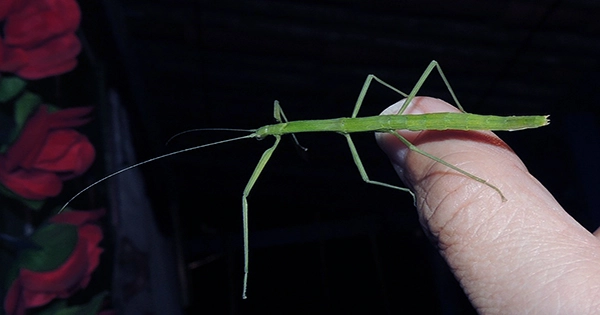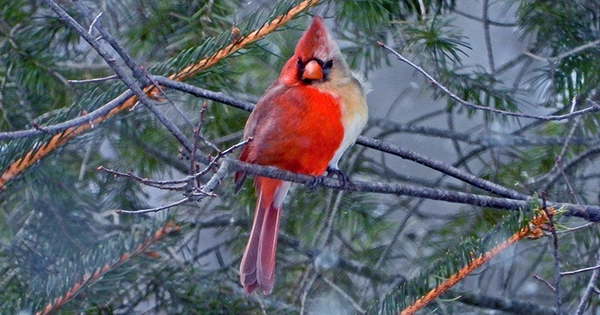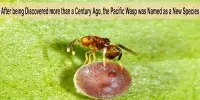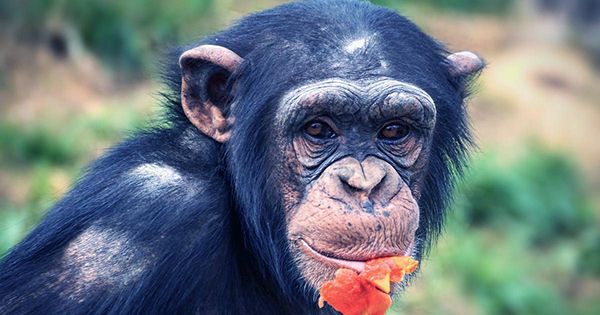Charlie is a half-male, half-female stick insect that recently surprised experts at the Natural History Museum in London after it was determined that he is the first occurrence of a bilateral gynandromorph in this species. Charlie is a green bean stick insect (Diapherodes gigantea) whose owner Lauren Garfield discovered the problem after the bug molted its “skin,” showing the unique colouring with one side green and the other brown, roughly along the middle of its body.
She made touch with Natural History Museum researchers, who were interested in the individual and requested to see the specimen. Charlie was quickly dispatched to Paul Brock, a phasmid insect expert at the Museum, in London. “Because stick-insects are popular pets, they are occasionally sent to enthusiasts, including researchers.” It was a quick approach to transport the live insect in this situation, employing next-day delivery. “Food plant leaves travel well in the mail,” Brock explained to IFLScience.

Brock confirmed that Charlie was the first case of a gynandromorph, or organism with both male and female features, in a green bean stick insect. “It’s the first in Diapherodes gigantea,” Brock explained. It’s a bilateral gynandromorph, which occurs when the two halves of the body appear to have different sexual characteristics. It has a bright green left side with short forewings, which is typical of females, and a brown right side with longer forewings, which is typical of males.
The mix of sex chromosomes determines biological sex. Males have an X and a Y chromosome in humans and certain other species, whereas females have two X chromosomes. (Sex is determined by the combination of Z and W chromosomes in insects, birds, and some other species, but for the sake of simplicity, we’ll stick to X and Y in this explanation.) Many people assume that the mechanisms take place during the embryonic period. A male XY cell will undergo mitosis and duplicate its chromosomes, becoming XXYY, before separating into two XY cells as the organism grows.
However, this process is disrupted in gynandromorphs. Instead of dividing into two XY cells, the cell splits into an X and an XYYY cell by accident. If this error happens during the early stages of development, a high proportion of the cells will be both X and XYY. It’s a rare condition, but it’s been seen in dozens of species, including birds like the rose-breasted grosbeak and northern cardinals, as well as nocturnal bees. In reality, it may happen more frequently than we think, and we only notice it when it’s particularly clear, such as in a sexually dimorphic species where adult men and females have different appearances.
According to Brock, it’s also been seen in a variety of different phasmid, stick insect, and leaf insect species belonging to the Phasmida insect order. Charlie, despite being a gynandromorph, is believed to be a particularly interesting specimen. “This individual is quite spectacular, resembling a halved gynandromorph on the left side (with usual short forewings), right side male brown” (with typical forewings and hindwings). Except that the female side of the abdomen has mosaic patterning (half male), i.e. brown spots, and the genitalia are largely male. Brock described some gynandromorphs as “typical bilateral halved gynandromorphs.”
















